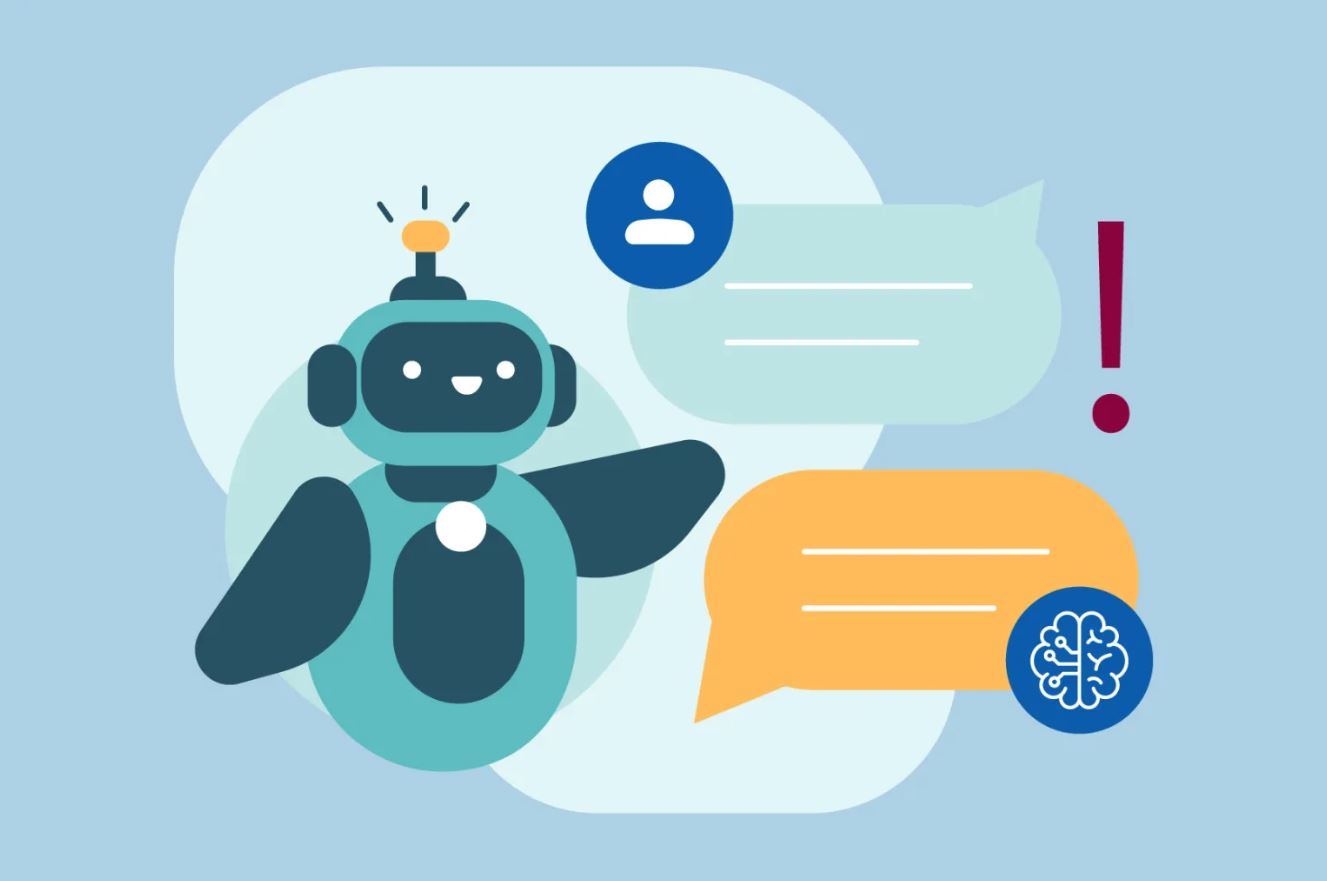 Building a custom chatbot to harness the power of the Model Context Protocol (MCP) might sound technical, but it’s all about making integration smoother and more accessible. MCP streamlines the connection between AI systems and external tools or data sources by shifting the traditional N×M approach to a simpler N+M model. With community-built MCP servers at your disposal, you can leverage existing functionalities instead of reinventing the wheel every time.
Building a custom chatbot to harness the power of the Model Context Protocol (MCP) might sound technical, but it’s all about making integration smoother and more accessible. MCP streamlines the connection between AI systems and external tools or data sources by shifting the traditional N×M approach to a simpler N+M model. With community-built MCP servers at your disposal, you can leverage existing functionalities instead of reinventing the wheel every time.
If you’ve ever battled with clunky integrations or piecing together disparate tools, you’ll appreciate our earlier work on an analytics toolbox. That toolbox, integrated with an MCP server, already worked seamlessly with clients like MCP Inspector and Claude Desktop. The next logical step is to embed these tools directly into your AI applications by building your own MCP client. Yes, it might involve digging into some low-level code, but understanding how tools like Claude Code interact with MCP really pays off.
There’s also an exciting opportunity to enhance platforms like Claude Desktop. Imagine an LLM that automatically selects the best prompt templates for you—adding a layer of convenience and making your interaction even more natural.
MCP, developed by Anthropic, sets a standard for how large language models (LLMs) engage with external environments. In its client-server architecture, a user-facing host application works alongside an embedded MCP client, all communicating with an MCP server that offers essential resources like prompt templates and tools. With the MCP server already up and running, our focus shifted to creating a robust MCP client. We began with a basic implementation and gradually introduced dynamic prompt template selection. The complete code is available on GitHub if you’re curious to explore further.
The initial setup requires a few key adjustments—configuring the Anthropic API and tuning Python’s asyncio event loop. The backbone of the programme is an instance of the MCP_ChatBot class. This bot scans a configuration file for MCP servers (such as ‘analyst_toolkit’, ‘filesystem’, and ‘fetch’), establishes connections, and registers available capabilities by mapping tools, prompts, and resources.
Once running, the chat loop allows you to list resources, execute tool calls, explore available prompts, or exit at any time. The bot processes your inputs, routing requests to the appropriate MCP server or sending direct queries to the LLM as needed. One smart enhancement even suggests relevant prompt templates on the fly, easing the discovery process.
For cases where you need just the core functionality, the smolagents framework offers a quick and easy setup. Its lightweight design is perfect if you’re primarily interested in core tool interactions without extra frills.
This guide walks you through the essentials of building a chatbot that taps into MCP servers for seamless access to tools, prompts, and resources. By standardising these connections, you not only enhance user experience but also gain a clearer view of how MCP works—helping you optimise your AI tool usage.








